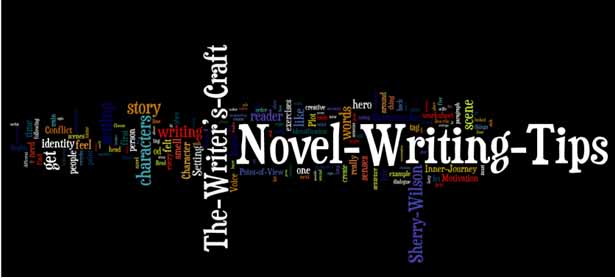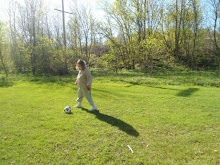When you write a book on your own, it’s perfectly acceptable to just start with a situation and see what happens as you uncover the story. Many writer’s prefer this method. In my experience, it makes for a lot of rewriting later on, but sometimes it’s just the way it has to be. Everyone writes differently.
Plotting and Planning
I’m a planner. I like to have a very clear picture of where the story starts and a good general sense of the middle. It’s nice to know the ending ahead of time, but I usually leave it open enough in my mind that the story can take off in a different direction if need be.
But when you write a story with someone else, I think you have to have a much clearer idea of the story’s structure before you start—at least I do.
So when we started actually writing the story, we had a good sense of the beginning and a general sense of the middle, but no real idea of where the ending would take us. Not ideal circumstances. We only knew that the ending had to be realistic and the characters had to suffer some consequences for their foolish choice early on.
The most important thing in terms of plotting was to make sure there were enough twists and turns to keep the reader guessing as much as possible. You might think you know how it ends, but there’s a good chance you’ll be wrong. This is where I always want to end up in a story. And if you let the characters take over a bit, it tends to happen more often.
Writing
Our characters had become real enough to us at this point to let us create the setup stages of our story. Setting up two intertwining storylines with four characters and their motivations is a big job.
We didn’t worry too much about getting the opening exactly right and creating that perfect first line. We might decide at the end that the opening should be in a different place. So we just started where it felt right.
The initial scenes went back and forth. Pat was writing Rachel’s viewpoint and I was writing Dani’s. She wrote her scenes and sent them to me and I went through and changed anything I felt needed it and sent it back to her. I did the same with mine.
It was interesting to see the story start to unfold. We had two distinct voices, but by trading and changing bits in each other’s work, they started to blend enough that it was believable that the story was written by a single person. Our styles are very different, but we’ve worked together on separate stories so much that they just seemed to mesh really well.
Problems didn’t really occur until we started writing scenes out of order. This again, is a perfectly acceptable way to write a story. Some writers like to pick and choose scenes they are in the mood to write and then go back and fill in between as they go. But when you are writing a story with someone else it gets confusing fast. It’s difficult to remember that, while you’ve written something, it hasn’t happened yet. You end up referencing that phone call in one scene only to discover that it doesn’t happen until later.
Staying Organized
Date and location lines have helped us an incredible amount. We put a heading at the top of each scene like this. London—April 22—Morning. This allows us to keep everything in chronological order. The headings may or may not make it into the final novel, but it helps to keep it straight as we write.
Another very helpful document for me has been a calendar. We’ve set the story in 2012 because we know the publishing game is a slow one. Even if we finished the book this year and it was accepted by a publisher, it would take a good year before it is released. So I printed off some 2012 calendars for April through June which is when our story takes place and marked in the main events.
This allows us to make sure that we have things happening on the right day of the week. You don’t want to be writing a story for kids for example and have your character going to school on a Saturday. It’s much easier to see this visually on a calendar.
This is something that will carry over into all my writing projects.
Scene lists are another handy trick that I like to keep on my to do list. I just imagine out the chapter or section before me and make a list of potential scenes to include. This keeps my writing focused on telling the story in scenes and helps me to avoid lapsing into summary.
Where are we now?
So does all of this stuff work? We’re still writing so it remains to be seen. So far, we’re enjoying the process and that’s the important part. When we write the story in scenes, and paste them together, it hangs together fairly well. We’ll probably need to go back and make it transition better when we’re done.
For the moment we’ve broken 40,000 words and we still have a lot of story to go. We’ll be working hard to keep it under 120,000 I think.
Questions?
Don’t be shy. Feel fry to chime in with questions of comments. I will answer if I’m able.

